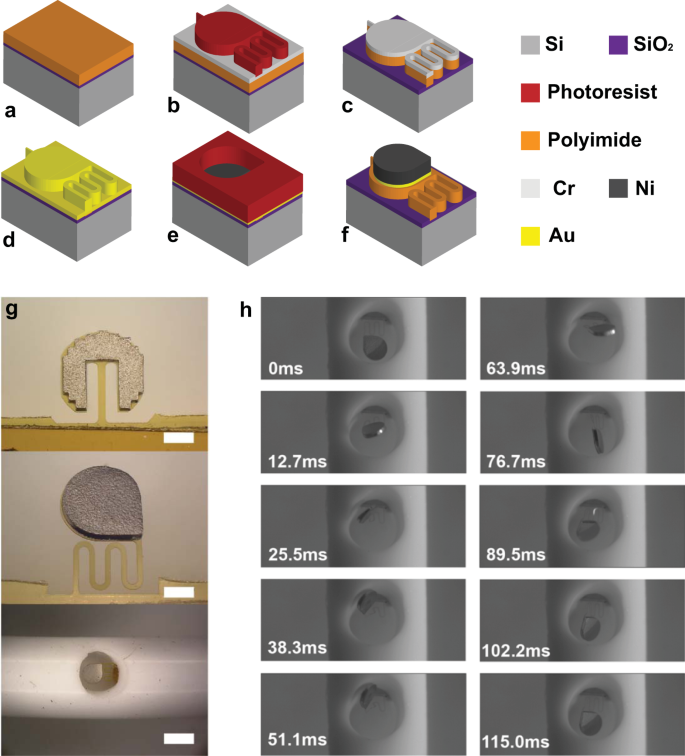2022-06-15 パデュー大学
<関連情報>
- https://www.purdue.edu/newsroom/releases/2022/Q2/microrobot-device-removes-brain-hemorrhages-due-to-strokes-or-aneurysms.html
- https://www.nature.com/articles/s41467-022-28101-5
脳出血治療における血栓除去のための磁気駆動型セルフクリアリングカテーテルの応用例 Application of magnetically actuated self-clearing catheter for rapid in situ blood clot clearance in hemorrhagic stroke treatment
Qi Yang,Ángel Enríquez,Dillon Devathasan,Craig A. Thompson,Dillan Nayee,Ryan Harris,Douglas Satoski,Barnabas Obeng-Gyasi,Albert Lee,R. Timothy Bentley & Hyowon Lee
Nature Communications Published:26 January 2022
DOI:https://doi.org/10.1038/s41467-022-28101-5

Abstract
Maintaining the patency of indwelling drainage devices is critical in preventing further complications following an intraventricular hemorrhage (IVH) and other chronic disease management. Surgeons often use drainage devices to remove blood and cerebrospinal fluid but these catheters frequently become occluded with hematoma. Using an implantable magnetic microactuator, we created a self-clearing catheter that can generate large enough forces to break down obstructive blood clots by applying time-varying magnetic fields. In a blood-circulating model, our self-clearing catheters demonstrated a > 7x longer functionality than traditional catheters (211 vs. 27 min) and maintained a low pressure for longer periods (239 vs. 79 min). Using a porcine IVH model, the self-clearing catheters showed a greater survival rate than control catheters (86% vs. 0%) over the course of 6 weeks. The treated animals also had significantly smaller ventricle sizes 1 week after implantation compared to the control animals with traditional catheters. Our results suggest that these magnetic microactuator-embedded smart catheters can expedite the removal of blood from the ventricles and potentially improve the outcomes of critical patients suffering from often deadly IVH.


